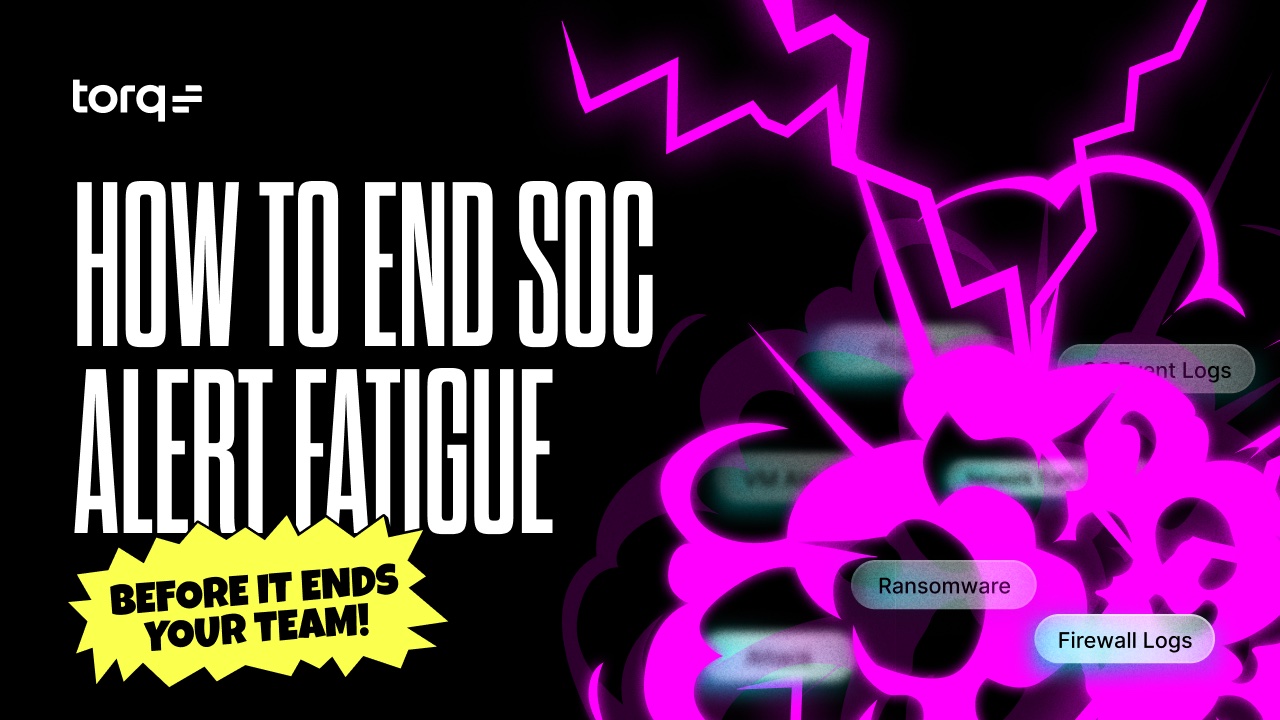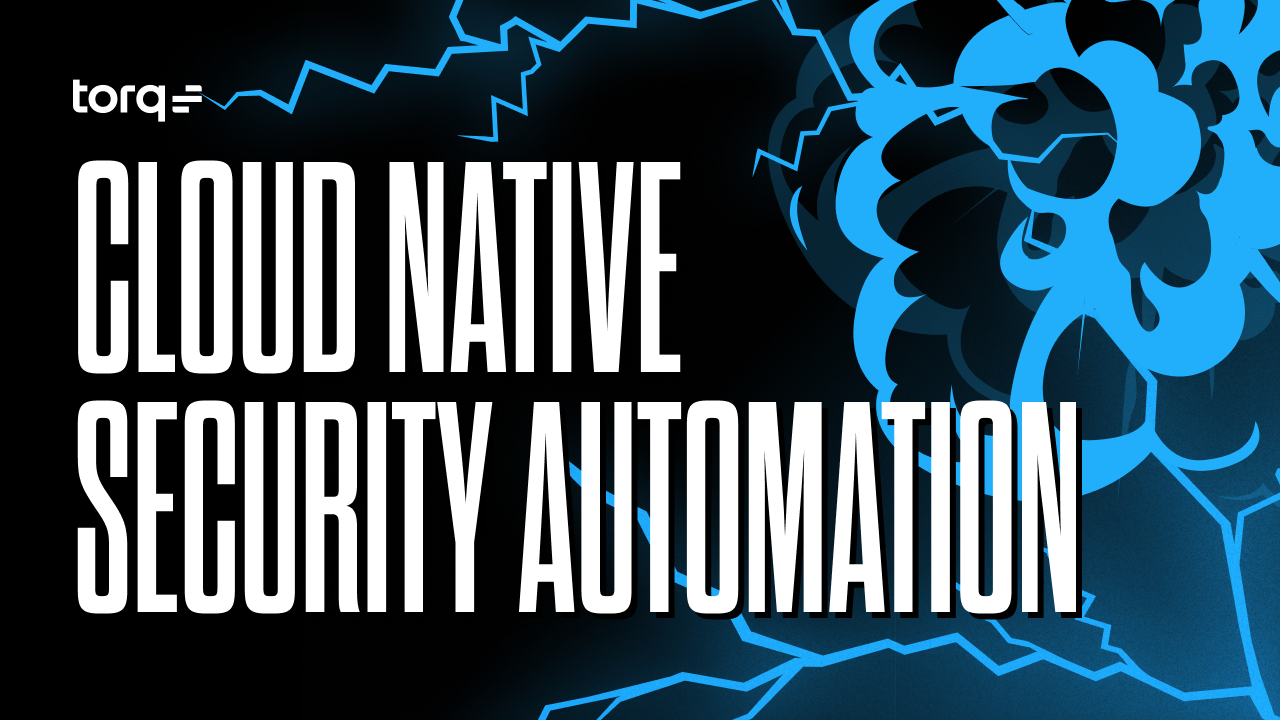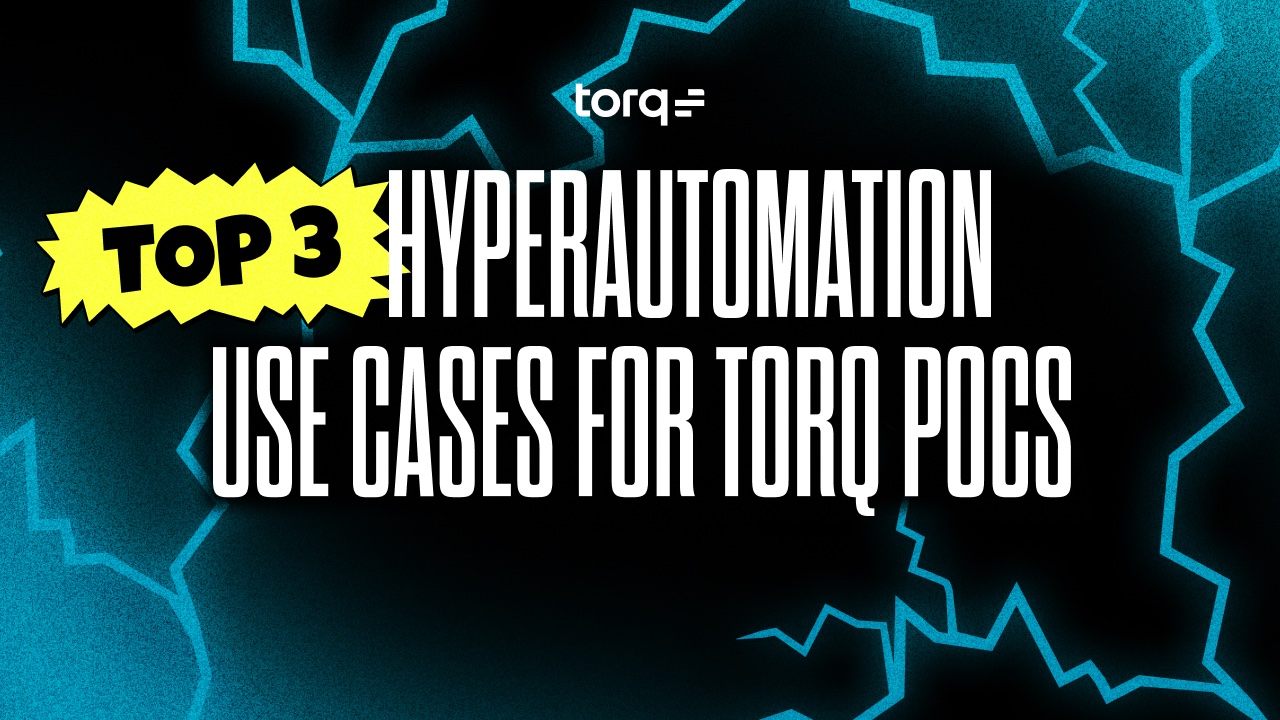Contents
Every day, analysts are buried under a mountain of low-value and often meaningless alerts. And they’re expected to triage, investigate, prioritize, and respond to all of them — faster, better, and with fewer people. With this comes alert fatigue, which can lead to missed threats, slower response times, and SOC analyst burnout.
The good news is that SOC analysts don’t have to live like this anymore. Not if you have the right kind of AI working for you. This blog explores what alert fatigue is, the causes, and how agentic AI can kill your SOC alert fatigue.
What Is SOC Alert Fatigue?
Alert fatigue occurs when security analysts are inundated with more alerts than they can handle, many of them false positives. More than half of security teams say false positives are a huge problem, and 62.5% are overwhelmed by sheer data volume.
Without effective triage or prioritization, it becomes harder to distinguish real threats from background noise. This leads to slower detection and response, missed incidents, and higher stress on already-stretched SOC teams, which in turn increases risk to the business.
What’s Fueling SOC Alert Fatigue?
Alert fatigue is the result of too many notifications with too little value. And it’s a problem that only gets worse as security environments become more complex. Here’s what’s driving it:
- False positives: When your tools cry wolf 24/7, your team stops listening. Eventually, real threats slip through while your analysts are focusing on other tasks.
- Lack of context: SOC alerts that show up without background info or severity indicators force analysts to spend time investigating the wrong things.
- Lack of integration: Most enterprise environments are filled with tools that don’t work well together. Without correlation and consolidation, alert volume skyrockets.
- Poorly defined management processes: Vague incident response plans — or worse, none at all — mean alerts hang around with no apparent owner or action path.
- Too few hands on deck: SOC teams are often understaffed and overworked. The more alerts pile up, the harder it is to keep pace.
- Limited customization: If you can’t filter or customize your alerts, even basic issues start to add unnecessary noise.
The Number One Cause of Alert Fatigue: Legacy SOAR
Legacy SOAR is the #1 driver of SOC alert fatigue. It’s a rigid, SIEM-dependent model that treats every alert like a five-alarm fire. It floods analysts with noise, drowns them in contextless data, and racks up costs with every added integration. And because most legacy SOAR platforms are stuck on-prem, they can’t scale or flex with today’s modern security environments.
Here’s what you get with legacy SOAR:
- Difficulty finding helpful information and managing vulnerabilities
- Slower time to identify and respond to actual threats
- Higher rates of SOC analyst burnout, which drives attrition
- Too many tools, not enough context

The Cost of Alert Fatigue
Cybersecurity alert fatigue doesn’t just slow your team down — it puts your security posture and business at risk. Here’s what happens when your SOC is buried in noise:
- False sense of security: When analysts are bombarded with alerts, real threats start blending in with the false positives. Eventually, they stop paying attention, and that’s when things slip through the cracks.
- Slower response times: Tired teams don’t move fast. Critical SOC alerts sit untouched, and threats have time to escalate.
- Wasted resources: Teams overwhelmed by junk alerts often require more headcount. That’s expensive and inefficient.
- Burnout and turnover: Drowning in noise leads to stress, frustration, and SOC burnout. More than 70% of SOC analysts report experiencing burnout, and more than half have considered leaving the field. With them goes the knowledge and expertise that takes years to develop.
- Reputation damage: When a preventable breach hits the headlines, the fallout can be massive.
- Legal and compliance issues: Missed threats can turn into breaches. Breaches mean SEC reporting, fines, investigations, and answering a whole lot of questions.
The average cost of a data breach was $4.9M in 2024, a 10% increase year over year. On the flip side, organizations that fully embraced security AI and automation saved an average of $2.2M compared to those that didn’t, according to IBM.
How Torq HyperSOC Uses Agentic AI to Fix Fatigue
Legacy SOAR can’t scale. Torq HyperSOC™ can.
Built on an event-driven architecture and powered by agentic AI, Torq HyperSOC processes and prioritizes alerts at machine scale, handling volumes that legacy SOAR can’t even come close to. It dynamically filters, enriches, correlates, and aggregates alerts in real time, ensuring analysts see what actually matters.
Unlike SOAR, which forces teams to hand-map fields and manually manage triggers, Torq automates everything, from data parsing to trigger conditions to workflow execution. And because Torq also offers horizontal scalability, it can support a vast number of processes without slowing down or racking up costs.
With agentic AI, we’ve replaced repetition with relevance. Our multi-agent system takes on the tasks that drain analysts most — triage, enrichment, correlation, case summaries, even full remediation… and executes them autonomously. That means fewer panicked 2am Slacks and “Why am I still doing this manually?” moments.
“Torq HyperSOC is the first solution we’ve seen that effectively enables SOC professionals to mitigate issues including alert fatigue, false positives, staff burnout, and attrition.”
IDC: Achieving Machine Speed Detection and Response
An autonomous SOC powered by agentic AI eliminates SOC alert fatigue. With 95% of Tier-1 tasks hyperautomated, analysts aren’t stuck chasing false positives or drowning in duplicate alerts. SOC teams can focus on high-value incidents, with full context and enriched data at their fingertips.
Even Gartner backs it up: By 2026, AI will increase SOC efficiency by 40%. With Torq, that future isn’t years away; it’s already here.
Legacy SOAR vs. Torq HyperSOC™: Solving Alert Fatigue
Here’s how Torq HyperSOC™ stacks up compared to legacy SOAR systems when it comes to fixing alert fatigue.
| Legacy SOAR | Torq HyperSOC |
| SOC alerts are treated like a five-alarm fire, with no intelligent prioritization | Agentic AI triages and prioritizes alerts with semantic, episodic, and procedural memory |
| Inflexible, SIEM-dependent pipelines for noise reduction and enrichment | Hyperautomation eliminates SIEM dependency and enriches data on the fly |
| Manual alert triage leads to SOC burnout and delays | AI-driven triage, investigation, and remediation reduce analyst burden |
| Rigid, on-prem architecture limits scalability and flexibility | Cloud-native architecture scales effortlessly with your environment |
| Siloed tools and alerts, lacking unified context | Multi-agent system correlates alerts into unified incidents with full context |
| Slower response times due to disconnected systems and workflows | End-to-end automation delivers sub-minute response times |
| High analyst turnover from alert overload and frustration | AI offloads repetitive work, reducing burnout and improving retention |
By taking over the repetitive, time-consuming tasks that drive SOC burnout, agentic AI lets analysts do the work that actually matters. You know, the reason they got into security in the first place.
Ready to kill SOC alert fatigue? Learn how to migrate from legacy SOAR to Torq.




